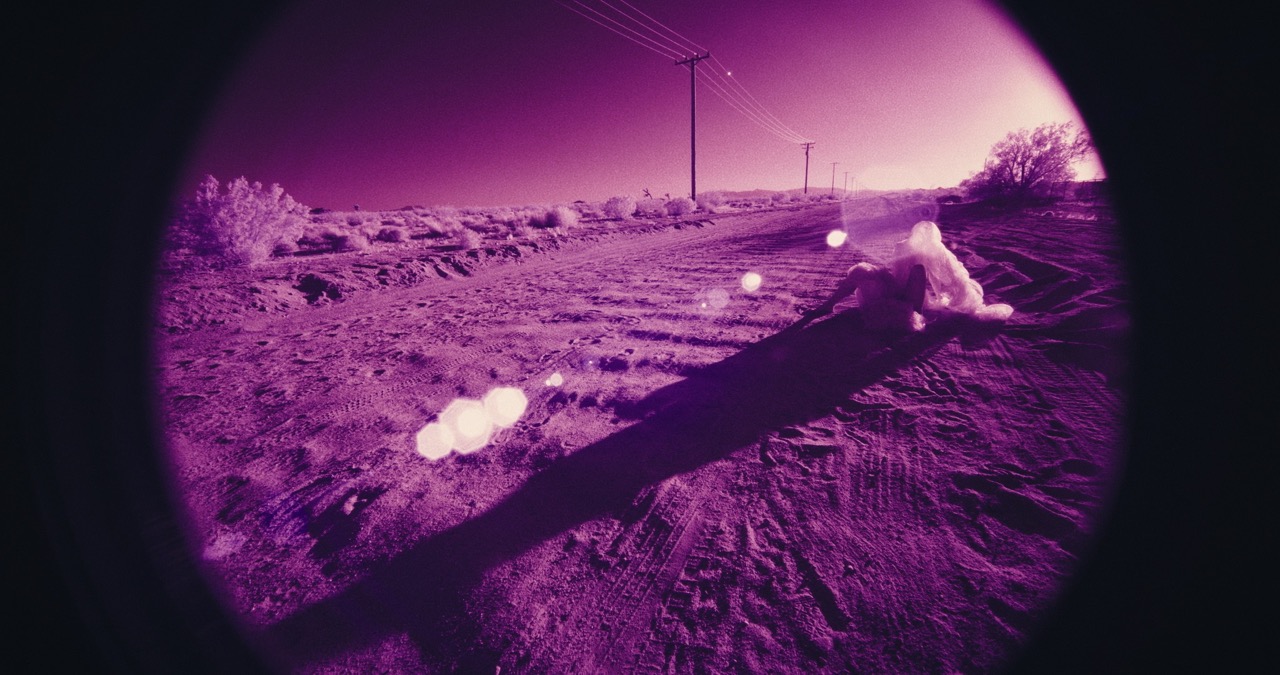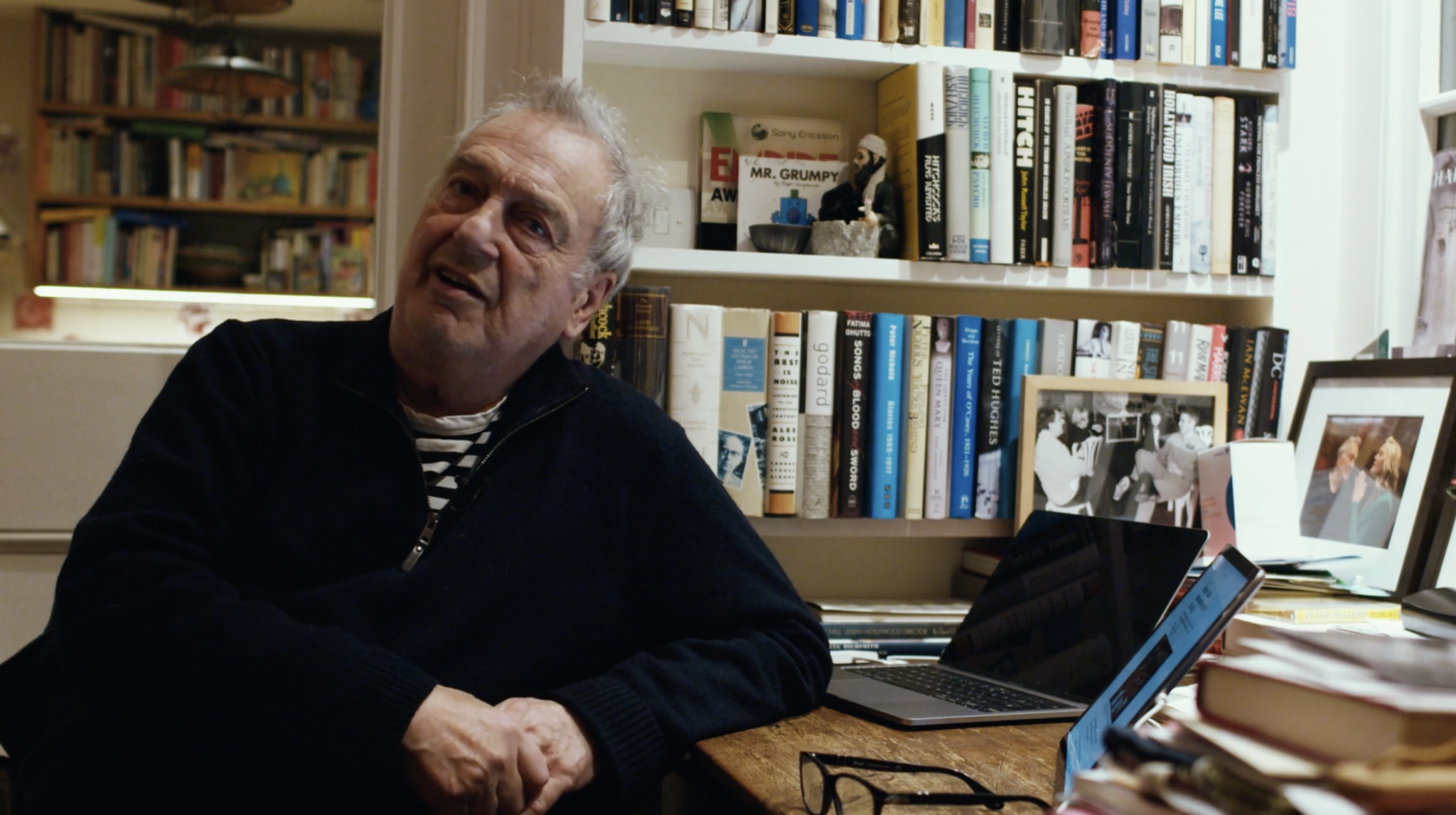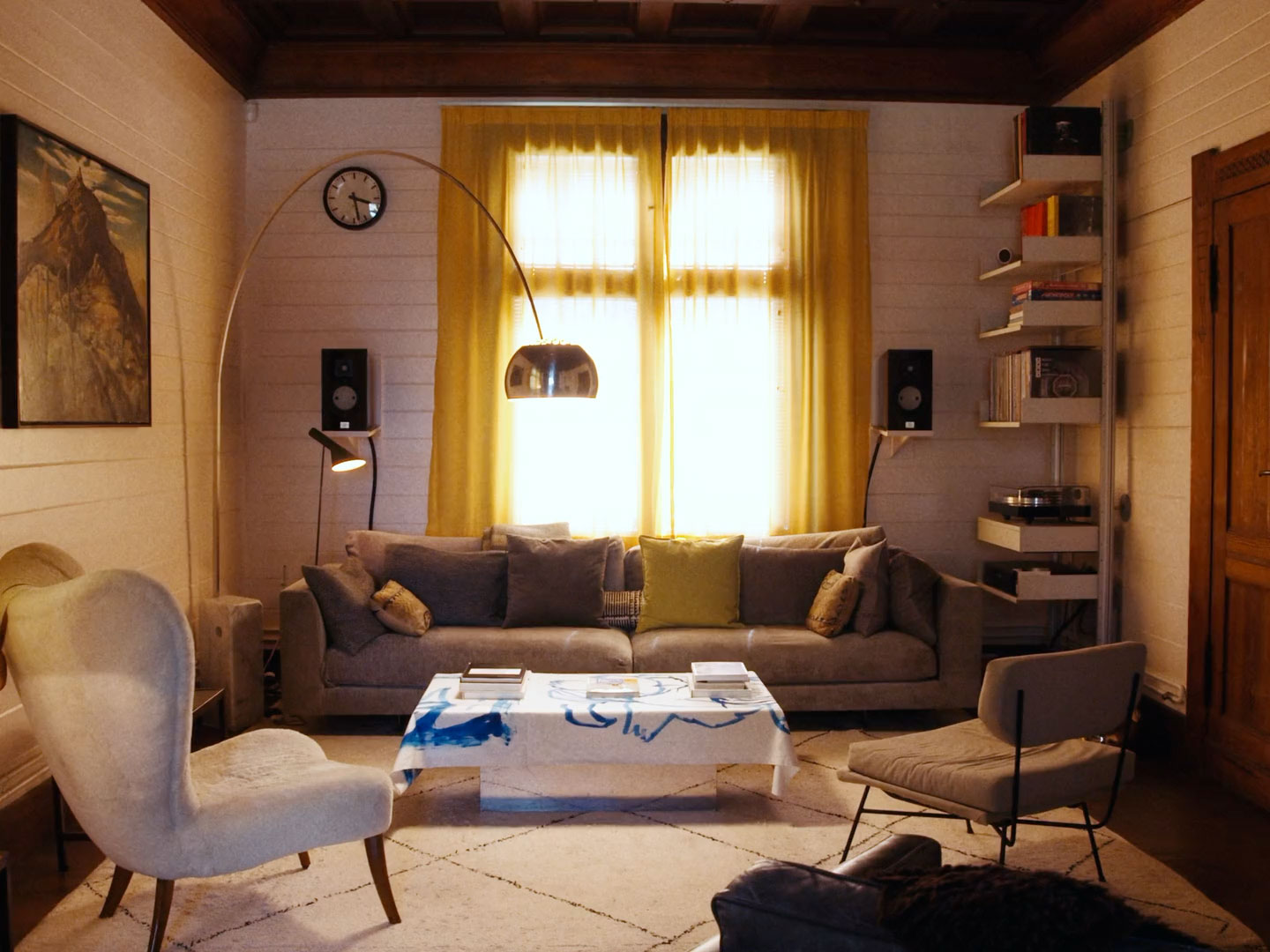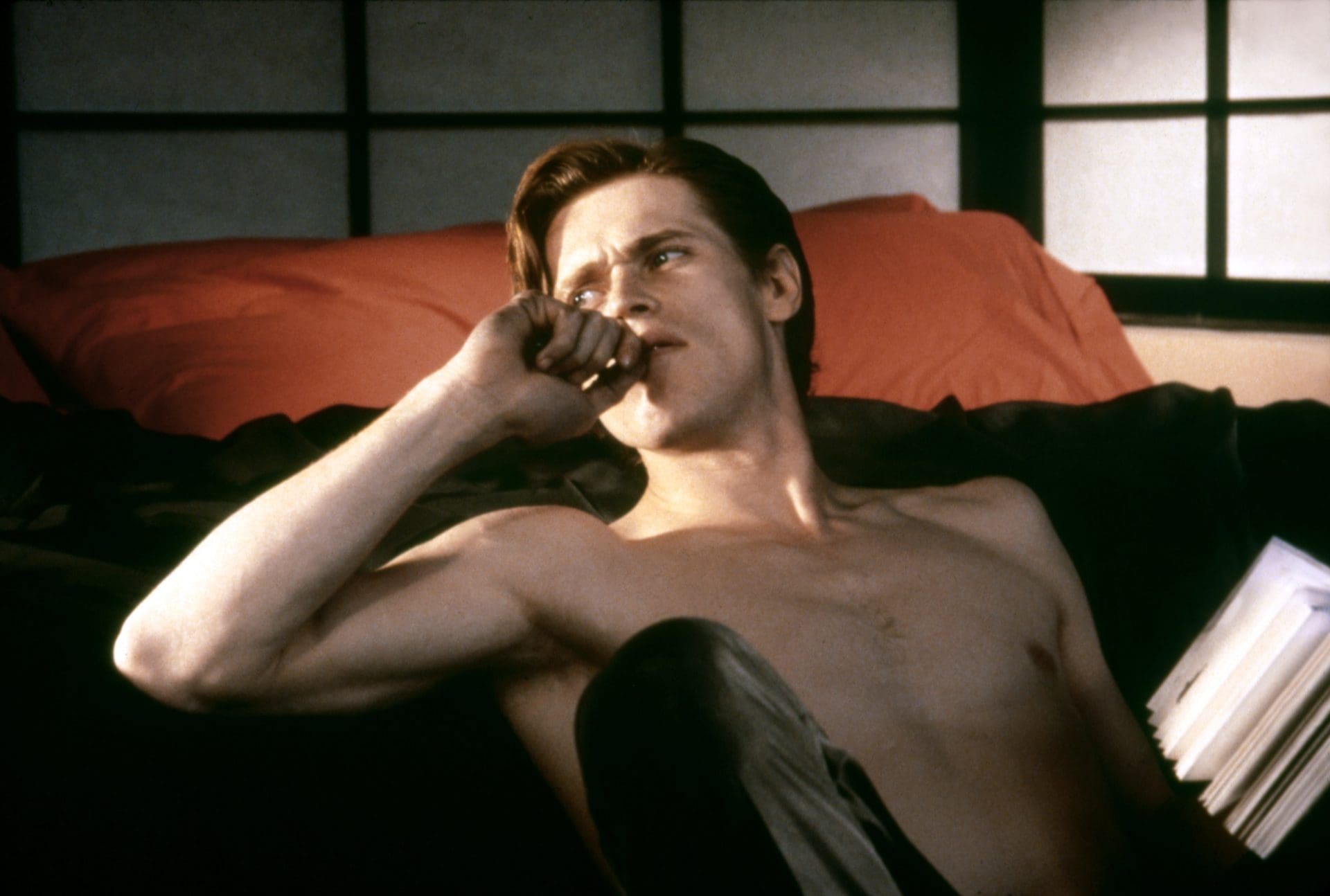
How do you follow up one of the greatest car chases in film history? When William Friedkin finished The French Connection, it was evident that he could shoot high-speed getaways as well as anyone. But he would swap the streets of New York for the tangerine-sunset skies of Los Angeles a few years later, matching the exhilaration of The French Connection’s scene with a nail-biting sequence on the Los Angeles freeway.
Although it’s in the Cult Cinema category (especially when compared to Friedkin’s famous works, like The French Connection and The Exorcist) To Live and Die in L.A. is remembered for more than that one moment: a maniacal, young Willem Defoe as a bloodthirsty artist (what was it about 1985 and wacked out liberal killer kids? Looking at you, Death Wish 3), a slick Wang Chung soundtrack, William Petersen and John Pankow enacting a dynamic duo of Hollywood Vice cops that come to terms with one-another, and let’s not get started on that final scene: with Pankow’s Vukovich going from good cop to corrupted Michael Jackson leather-jacket BAD in a way that makes little sense, and yet still fits somehow within the hazy, surreal, morally-bankrupt universe the film portrays.
But this is Los Angeles, and, perhaps more than any other major city in the United States, cars are a prominent part of daily life. Friedkin’s L.A. is a labyrinth of concrete highways that interconnect, desolate alleys and car parks where cop Richard Chance’s (Petersen) Chevrolet Impala cruises like a catamaran in the vast spaces, the suspension bobbing the vehicle up and down as it veers through the city, hunting after its prey.
Like The French Connection’s Popeye Doyle (Gene Hackman), Chance lives on that thin line between the cop and the criminal. His obsessive desire to seek and destroy leads him to commit reckless acts—like driving on the wrong side of the road on the freeway during rush hour, during what becomes a multi-vehicle death race after a bank robbery goes wrong. Bullets are flying. Tires squeal. Chance’s Impala heads directly into traffic, as Vukovich falls into the backseat. Traffic wipes past the screen as the car jolts and swerves, leaving collisions in his wake. No CGI—everything Friedkin pulled off here was real (Petersen even famously did his own stunts). And we’re left wondering: How did he orchestrate this incredible chase?
Stunt coordinator Buddy Joe Hooker says the chase scene was never scripted, let alone planned. It was only he and Friedkin would have long discussions between them that it would take shape. But in Hurricane Billy: The Stormy Life and Films of William Friedkin, the director says that the concept of a car chase against the flow of traffic came to him while driving home from a wedding in 1963. In Friedkin’s words, that night he fell asleep at the wheel and woke up in the wrong lane into oncoming traffic. After he finally swerved back to his side of the road, he spent the next twenty-years thinking of how to put the near-fatal experience into a movie.
Finally, it came to life in To Live and Die in L.A.—taking six weeks to film at the production’s end, and totaling eight minutes of edited footage and nine-hundred hired cars. “It was forty stunt guys, Friedkin, Pankow and me,” Petersen remembered in an interview, “we were going all over LA, blocking off streets and just spinning out.”
It was a dangerous prospect, especially with highly-insured actors like Petersen doing most of the chase sequences. “I was able to do a lot of the driving stuff, and I wanted to do all of it,” he remembers. “It got to the point where it was much more fun doing the stunts than the acting stuff.” Meanwhile, Robby Müller, the film’s director of photography (the German is also credited with the film’s woozy aesthetic) declined to shoot the chase, and so the second unit cameraman Robert D. Yeoman took on the challenge (sidenote: you might recognise Yeoman as Wes Anderson’s DP of choice).
To show the interior of the car during the action, a specially designed hydraulic swivel car was pulled behind a camera truck. Pankow remembers: “I didn’t really have to act. I was terrified a lot of the time.” In the shots where we watch Chance driving in the swivelling camera car, the vehicles we see in the background are actually stationary—an idea Friedkin had that created a strobing effect, where it was impossible to tell whether the cars were moving or not. And although in the film’s narrative Chance and Vukovich are driving against traffic, in reality, they were being filmed in the correct direction. You can actually spot this in several brief cuts when the camera pans out. There was a creative reason for this, too: according to Hooker, they chose that direction because “there were these beautiful oil refineries with all the lights, and it was a dusk shot, and Friedkin wanted to see that in the background with the cars going.” Like the biggest set-pieces in those eight-minutes, including when an eighteen-wheeler jackknifes and crushes the cars in its path, or as our heroes outpace an oncoming train, many of these ideas were suggested on whim—before the crew even knew how to pull it off.
But the end result is still one of the greatest car chase sequences ever filmed; perhaps even surpassing The French Connection for exhilaration and experimentation (but that’s up for debate). No one had done a reverse traffic chase at high speed before—and today, plenty of Hollywood action films seem to have either consciously, or otherwise, taken a leaf out of Friedkin’s To Live and Die in L.A.
Oh, and it’s perhaps worth mentioning that he did it all without any official permits.
If you liked this piece, check out our other essays on the films of William Friedkin.


